Why snowshoeing?
I realised pretty early on into a skiing holiday in the French resort of La Tania that downhill skiing just wasn’t my thing. It might have been something to do with being rescued off a mountain, in a blizzard, with a suspected concussion…on the very first day that we hit the slopes! The experience was not nearly as much fun as it sounds. Nor as glamorous. Bound tightly, rather like an Egyptian mummy, I was strapped into a bright orange stretcher, then dragged feet first behind an apparent Olympic Downhill Champion speed skier into trendy Courchevel. Frozen to the marrow of my bones, I was released from my shroud and marched off to the first aid office. There I was quizzed (en francais, naturellement) on the names of my great aunt Betty’s 17 cats … or something along those lines. I reckoned the medics were assessing me for memory loss, but by this stage, I’d forgotten how to speak English, never mind the paltry French I’d learnt at school. They let me go eventually, but not before I’d handed over 300 Euros for the stretcher “taxi” ride. Naturally, my travel insurance provider was delighted to hear of this little mishap on my return to the UK.
I completely lost my nerve after that and I vowed never to strap skis onto my feet ever again! But what on earth was I going to do for the rest of the week while my braver, adrenaline junkie companions were hurling themselves down black runs in the pursuit of so-called fun? I’d resigned myself to a rather dull few days, until I heard that the ski school were offering guided half-day snowshoeing walks. “I’ll give that a go!” I thought to myself, “What’s the worse that could happen (apart from being brought down off the mountains in a bright orange ski stretcher, again)?”
Half expecting to hate snowshoeing, and snow, and anyone who’d ever suggested going on a winter holiday, I signed up for my first snowshoe walk with some degree of trepidation. It turned out to be the best thing I could have done. I absolutely loved it!
What’s so great about snowshoeing?
Forget the rat run of the ski slopes. Forget queuing for the ski lifts, jostling with other skiers and snowboarders, competing for a patch of the piste. Snowshoeing takes you away from the crowds and lets you experience Nature at her very finest. Trekking over fields of powder snow and through fairy tale forests, you’re surrounded by absolute calm and breathtaking scenery.
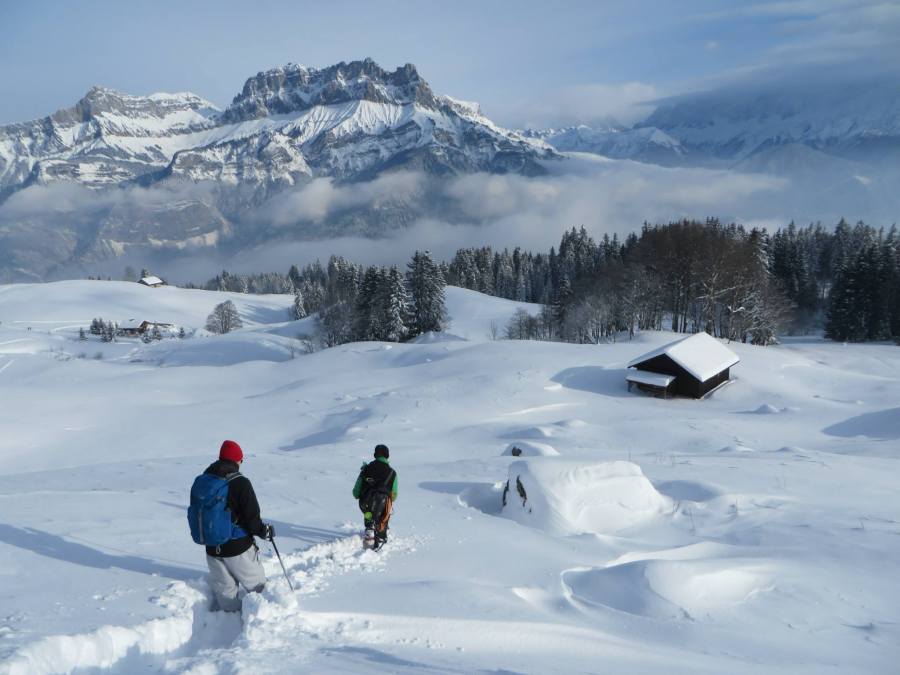
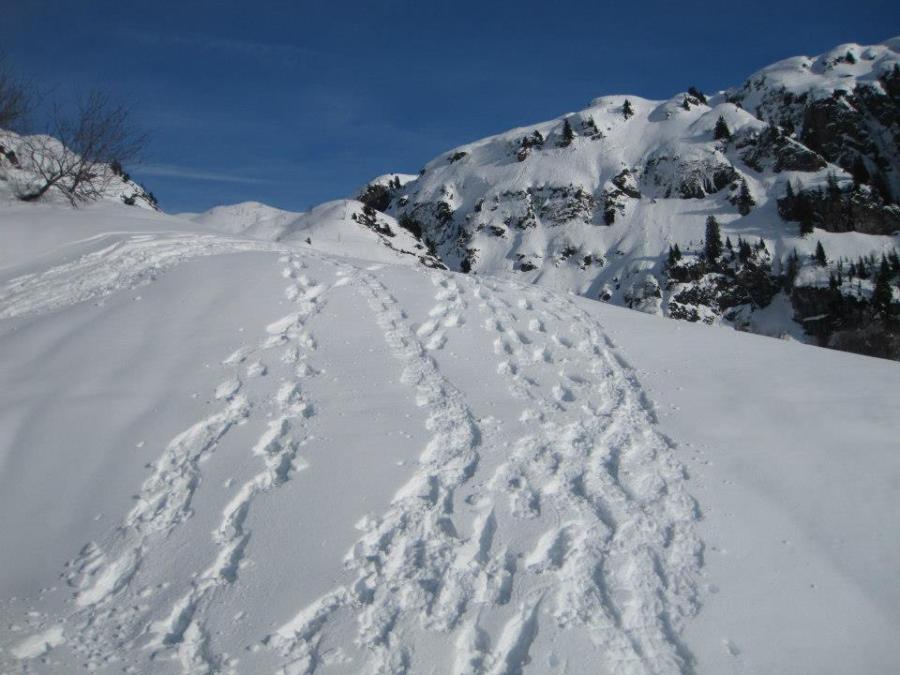
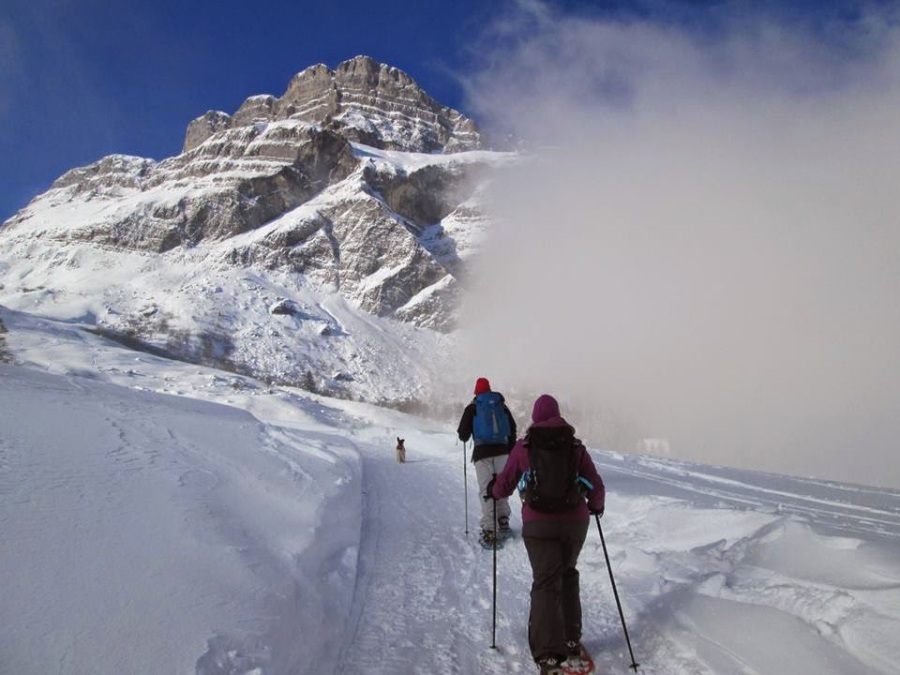

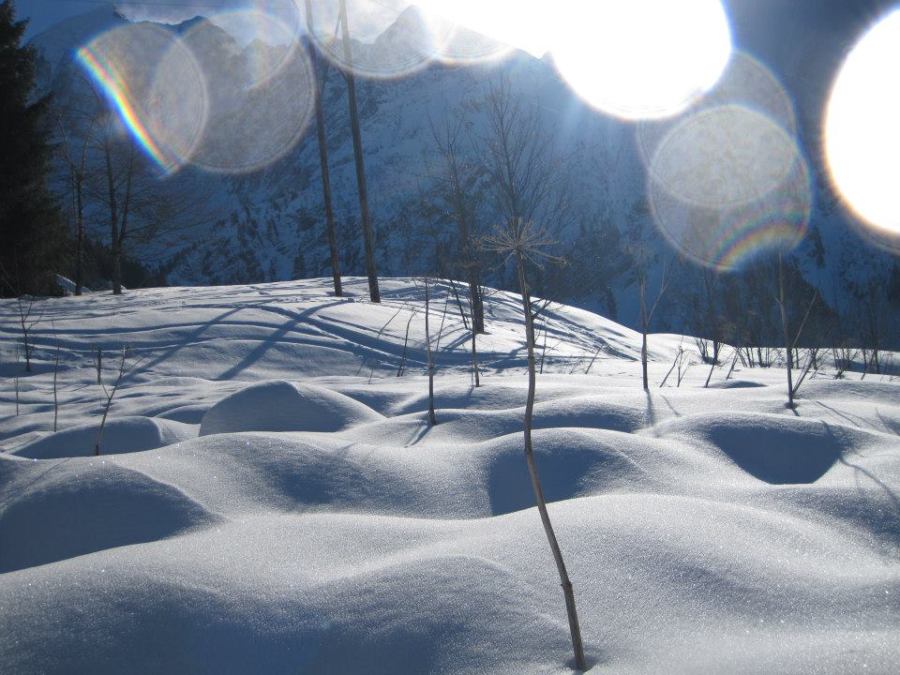
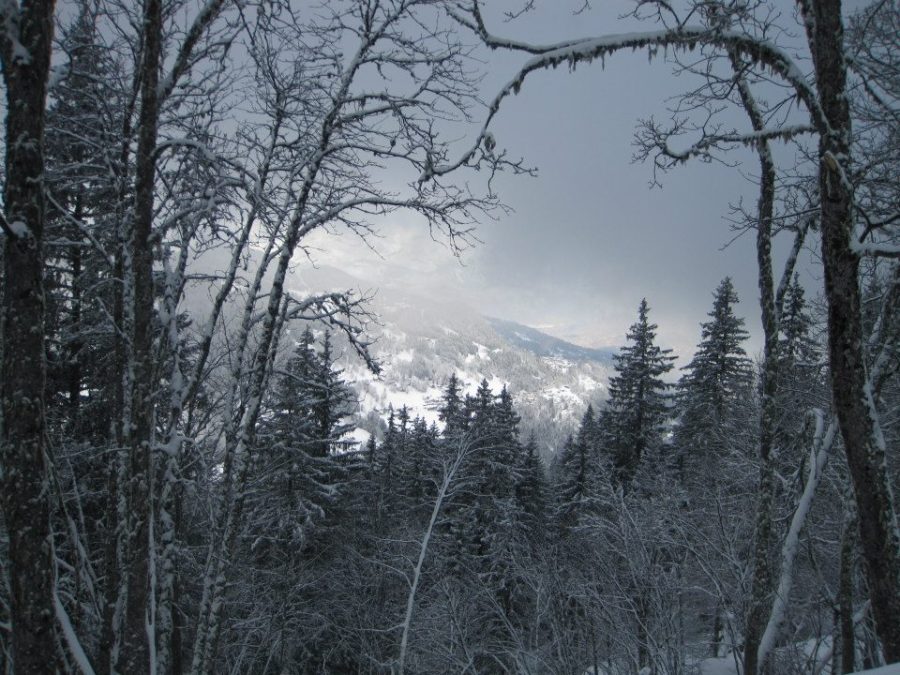
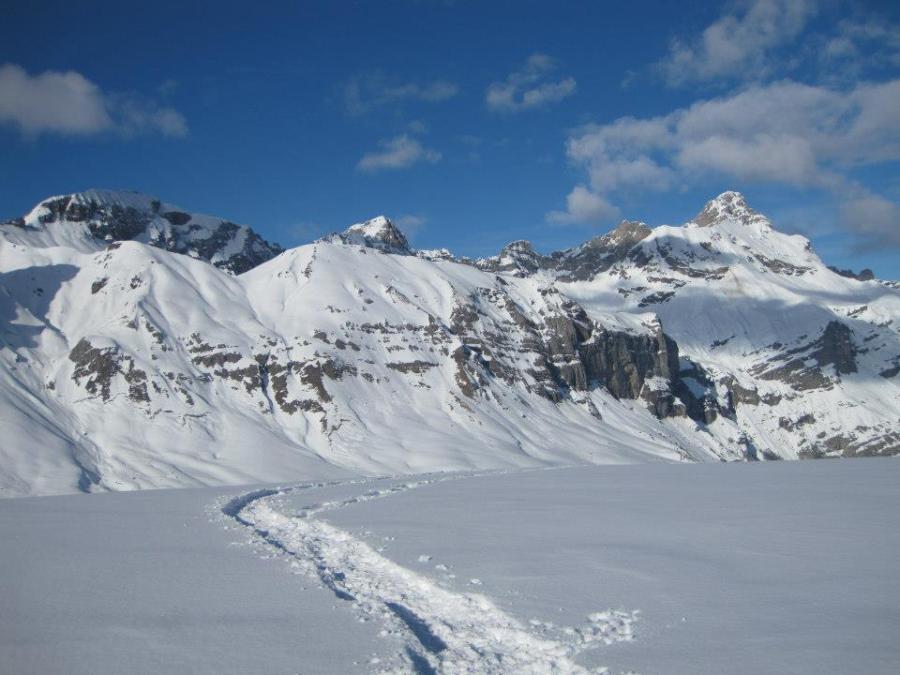

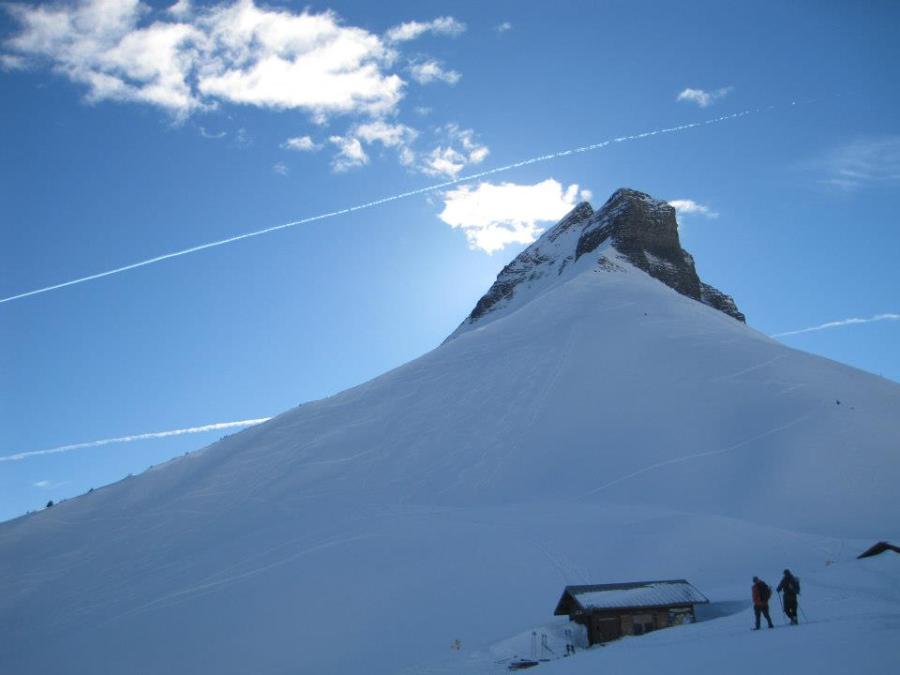

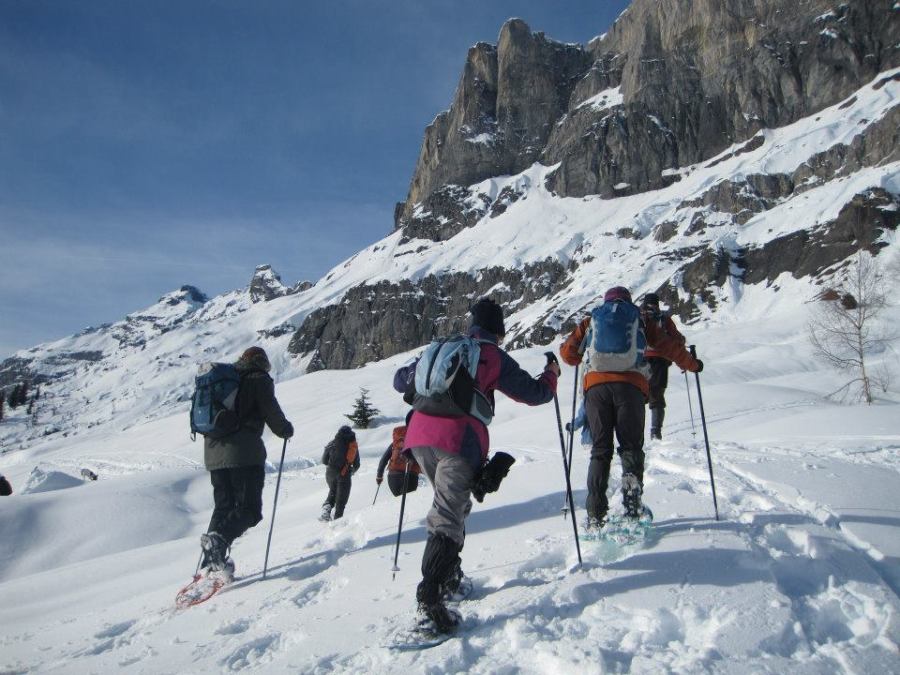
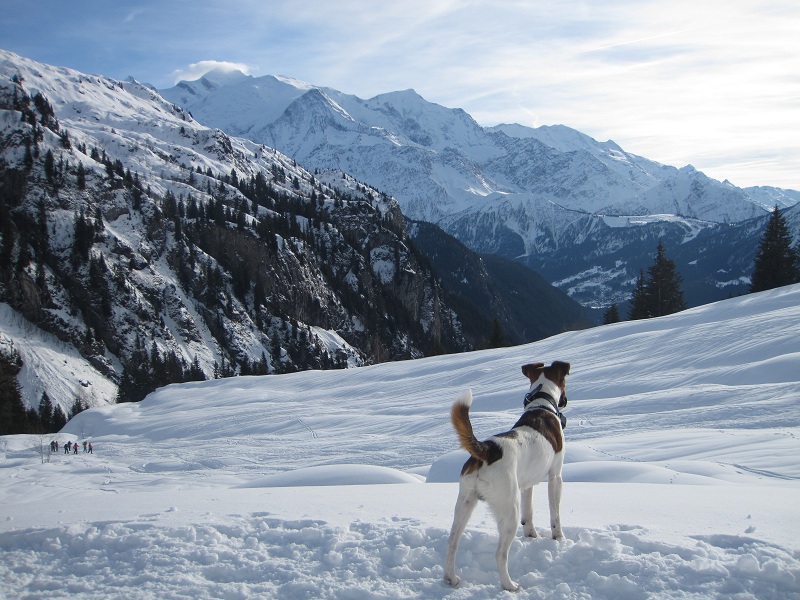
What skills do I need to go snowshoeing?
If you can walk, you can snowshoe. You’ll probably find that you need to widen your stance and lengthen your stride slightly to stop the snowshoes from knocking into each other, but you’ll soon get the hang of it. Most importantly, don’t drag your feet! Using trekking poles helps you to maintain your balance and provides a good upper body workout. As snowshoeing is more strenuous than hiking, a reasonable level of fitness will make the experience a lot more enjoyable.
What goes on my feet?
You’ll need to wear waterproof, insulated hiking boots. Make sure the boots fit well (not tight but not too loose). Snowshoes are designed to be securely fastened to your boots, using straps or a step-in binding system. The straps are in turn attached to lightweight plastic decking that sits on top of the snow as you walk, distributing your weight and preventing you from sinking into deep snow.
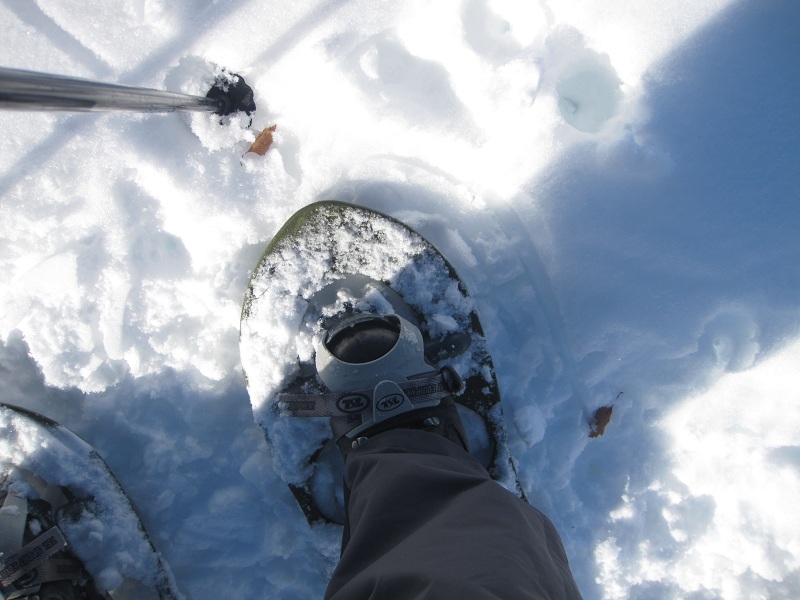
Most snowshoes have crampons (metal teeth) on their bottoms that dig into snow or ice and give you better traction when going uphill and downhill. When snowshoeing uphill, press down on the front of your boots and snowshoes to help the crampons under your toes grip the snow ahead of you. When going downhill, lean slightly back on your snowshoes and gradually slide down the hill. If you start to descend too quickly, just fall on your butt to stop yourself from sliding… all that snow makes for a soft landing 🙂
What clothing should I wear?
Layers, layers, layers!
You want to stay dry and warm, but you don’t want to overheat. You may be surrounded by snow, but you’re going to working up a sweat. Start with a good base layer with wicking properties – I find that a long-sleeve thermal vest works well, with a lightweight fleece on top of that and a waterproof, windproof outside layer.
Waterproof trousers are essential because you’re going to get wet, either from breaking through fresh snow, falling over or snow flipping up the backs of your legs from your snowshoes. I prefer wearing salopettes or ski pants – they keep my legs warm and dry and they also provide some padding for when I’m sliding on my butt 🙂 Gaiters are also great for keeping the snow out of your boots and keeping your socks dry.
Socks play a key role in your comfort during snowshoeing. I wear a pair of thin, wicking, liner socks with a thicker pair of outer socks. Whatever socks you choose, make sure they keep your feet warm and dry and stop your feet from slipping in your boots, as this can lead to blisters.
Waterproof snow gloves or mitts are a must and it’s a good idea to have a pair of thin lining gloves too for extra warmth when combined with the snow gloves, or to wear on their own when you stop to take photographs or grab a snack. You’ll need a warm hat or headband and a scarf or buff.
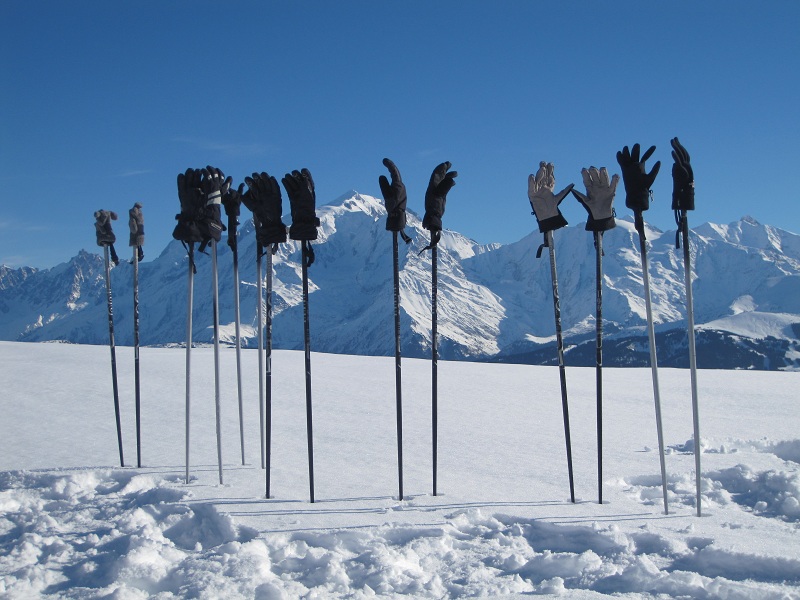
What else do I need to know?
As with all types of hiking, it’s always best to go snowshoeing with other people. Go with someone who knows how to snowshoe and knows the trails. Snowshoeing in mountainous areas can be very dangerous, and there is always the risk of avalanches. I would only ever go snowshoeing in such regions with a qualified mountain snowshoe guide.
You’re going to get hungry and thirsty, so take a small backpack to carry water, a small flask with a hot beverage or soup, snacks, lip balm and clothes you want to shed after starting to sweat. Don’t forget your sunglasses to protect your eyes from snow glare. And bring your camera… there are beautiful photos just waiting to be taken!
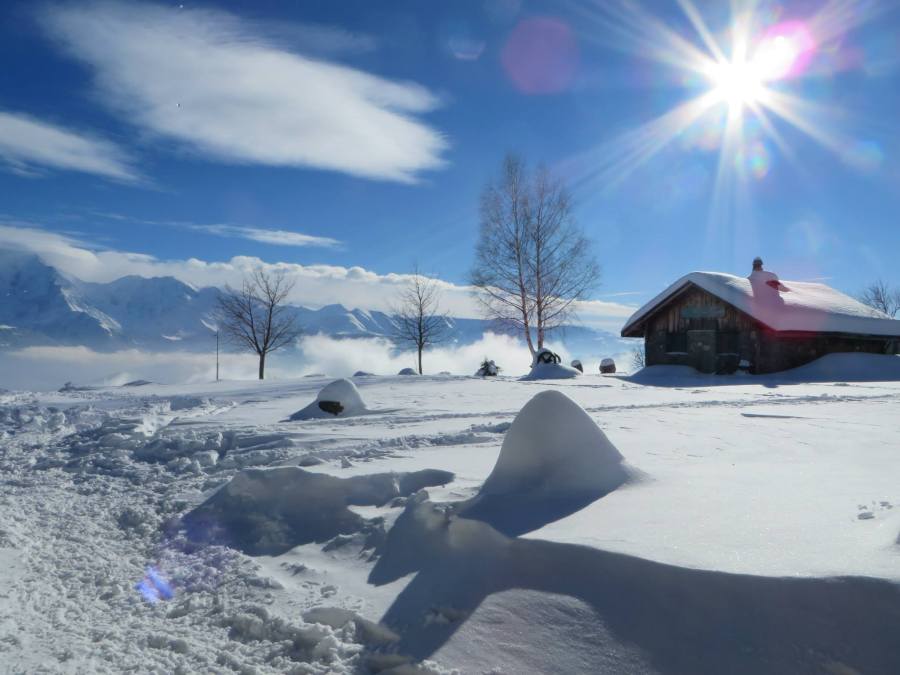


I like the sound of this so much more than skiing Nat, I like the idea of getting a bit of a workout at the same time ☺
LikeLike
Hi Grace! It’s the best winter sport there is 🙂 I highly recommend it!
LikeLike
Nat, your slide show is absolutely STUNNING! As you know, I love winter, and all that comes with it – the cold and snow. What a gorgeous place! Your photographs took my breath away!
“I signed up for my first snowshoe walk with some degree of trepidation. It turned out to be the best thing I could have done. I absolutely loved it!”
After your mishap on the slopes, I am SO HAPPY to read that you 1) were okay, and 2) were able to get back out on the snow to enjoy it.
Having lived in Florida for 20 years, I’ve tried (and enjoyed) water skiing. Yet, I’ve never attempted snow skiing. But would love to!
LikeLike
Hi Ron! You’re far braver than me to go waterskiing :-)You’d probably be fine on snow skis then too! But I would say snow shoeing is the way to really see the beauty of nature, blanketed in snow.
I’ll be posting more on my snowshoeing trips to Norway and the French Alps soon…
LikeLike
[…] outlined my recommendations for what to wear when snowshoeing before (see Nat’s Guide to Snowshoeing) but keep in mind that Norway can be particularly cold from December to late February… I […]
LikeLike